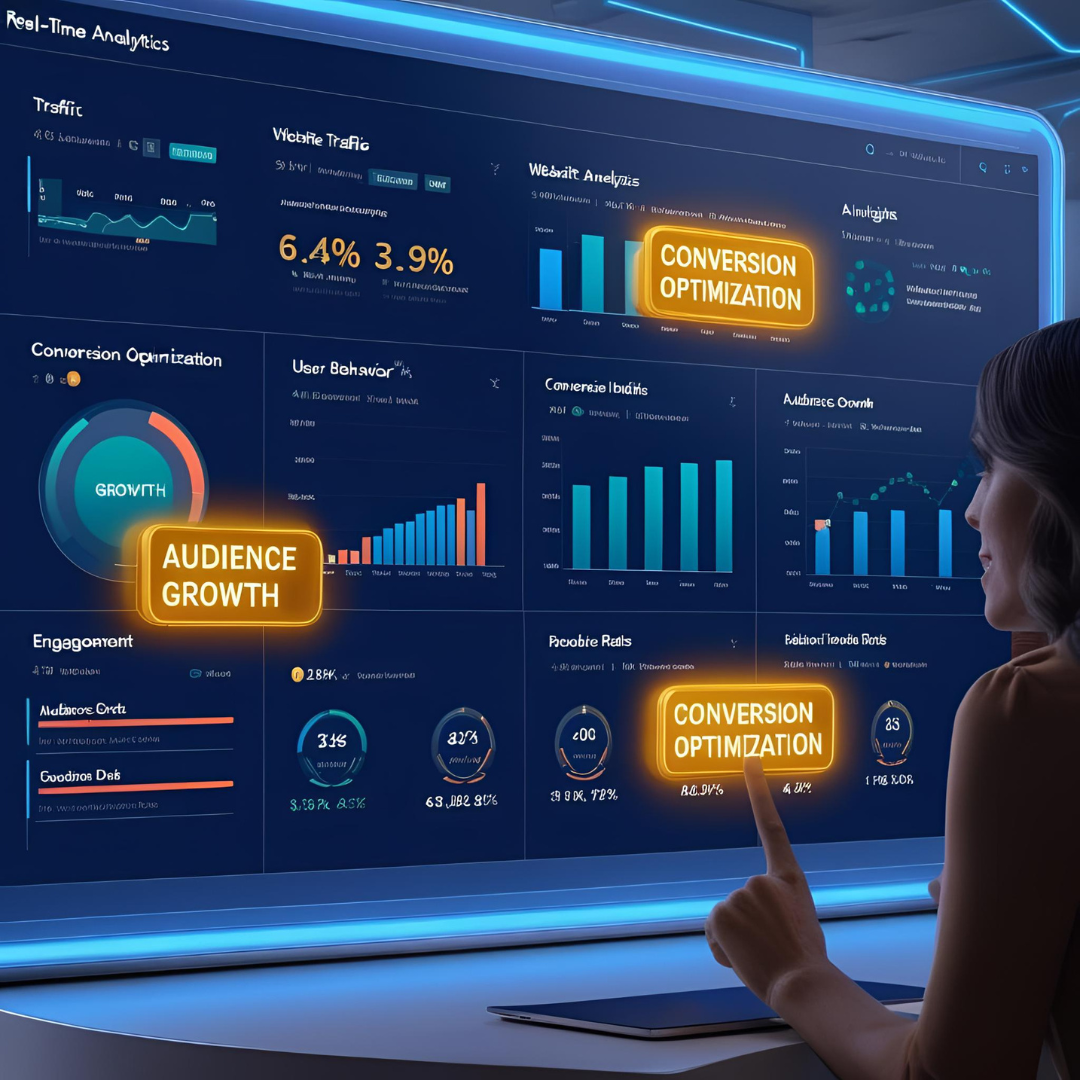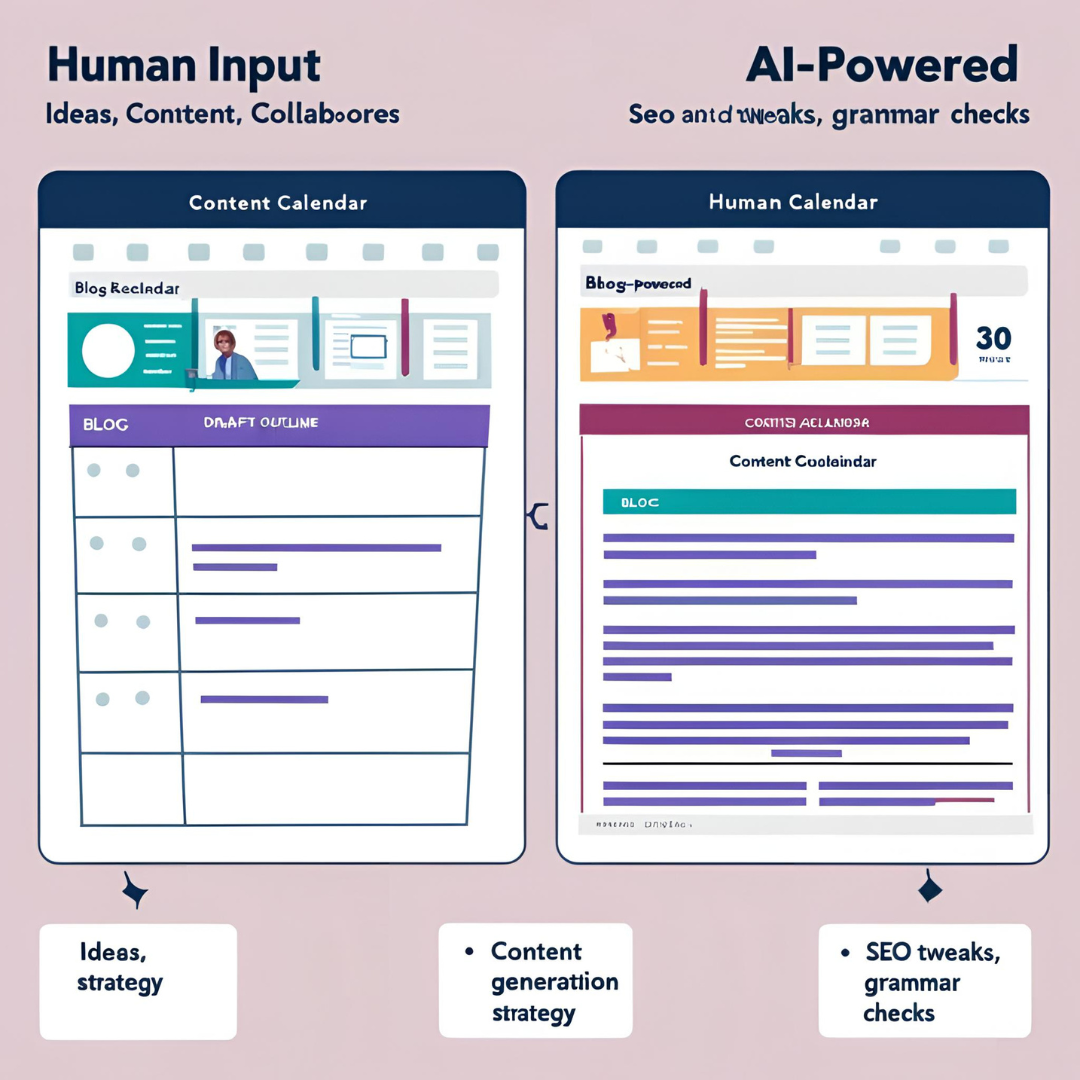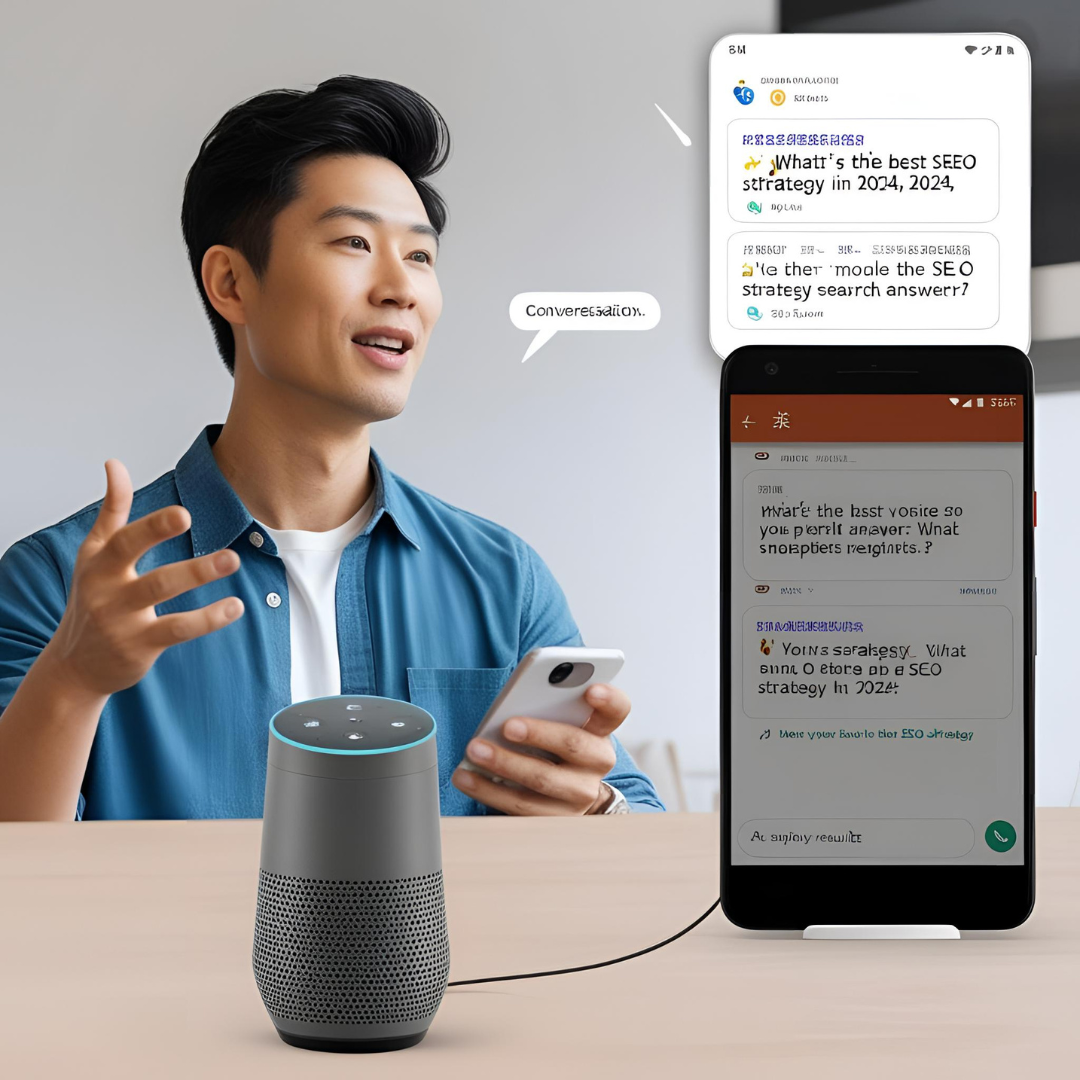Introduction: Data Is Only Useful If You Understand It
In the era of Big Data, businesses are swimming in analytics — from web traffic and social metrics to customer behavior and sales funnels. But raw data is overwhelming without insight.
That’s where AI analytics tools come in.
AI doesn’t just collect data — it analyzes patterns, predicts trends, and helps you make faster, smarter decisions. In this blog post, we’ll cover how to leverage AI-powered analytics to improve your marketing, product strategy, customer experience, and revenue in 2024.
Table of Contents
What Is AI Analytics?
Why AI Outperforms Traditional Data Tools
Top AI Analytics Tools in 2024
Predictive vs Prescriptive Analytics
AI for Customer Insights & Segmentation
Real-Time Monitoring & Automated Alerts
Using AI for Website & UX Optimization
Marketing Analytics Powered by AI
AI in E-commerce & Sales Forecasting
Final Thoughts
1. What Is AI Analytics?
AI analytics is the use of machine learning algorithms and natural language processing (NLP) to automatically analyze large sets of data, detect patterns, and generate insights without human bias or error.
Instead of asking:
“What happened?”
AI answers:
“Why did it happen — and what should you do next?”
2. Why AI Outperforms Traditional Data Tools
Old-school analytics tools rely on static dashboards and manual interpretation.
AI tools provide:
Automated data cleaning & classification
Predictive trends and forecasting
Natural language summaries (“Your sales dropped 12% due to reduced traffic from Instagram”)
Anomaly detection in real time
Adaptive learning models that improve with more data
3. Top AI Analytics Tools in 2024
Here are some industry leaders worth exploring:
📊 Google Analytics 4 (GA4) + AI Insights
Automatically detects changes in user behavior
Predicts churn or purchase likelihood
NLP for report creation
🧠 Tableau with Einstein Analytics (Salesforce)
Smart dashboards powered by AI
Suggests business actions based on trends
Great for enterprise use
📈 Pecan AI
No-code predictive analytics
Ideal for sales forecasting and retention models
🕵️ Heap + AI
Behavioral analytics with automatic event tracking
Ideal for SaaS and product teams
📞 Crimson Hexagon / Brandwatch
AI-powered sentiment analysis on social media
Monitors brand perception and audience shifts
4. Predictive vs Prescriptive Analytics
Predictive Analytics = “What will likely happen?”
→ E.g., “Users who abandon carts are 80% likely to churn”Prescriptive Analytics = “What should we do about it?”
→ E.g., “Offer a 10% discount within 2 hours of cart abandonment to reduce churn”
AI gives you actionable answers, not just metrics.
5. AI for Customer Insights & Segmentation
Forget guesswork — AI helps you automatically group users by:
Purchase behavior
Content engagement
Demographics and psychographics
Lifecycle stage (new, active, at risk)
Use this data to:
Personalize email campaigns
Predict LTV (lifetime value)
Tailor messaging by segment
6. Real-Time Monitoring & Automated Alerts
AI analytics platforms can notify you when:
Traffic suddenly drops
Bounce rate spikes on key landing pages
Conversion rates fluctuate
Campaigns underperform vs historical trends
You get instant alerts via email, Slack, or SMS — so you can fix issues before they hurt your bottom line.
7. Using AI for Website & UX Optimization
With AI tools like Hotjar, Crazy Egg, or FullStory + AI overlays:
Track user journeys and drop-off points
Heatmaps show where users click (or don’t)
Session recordings with AI summaries flag frustrating UX issues
Get AI-generated suggestions to improve layouts, CTAs, or mobile usability
8. Marketing Analytics Powered by AI
Marketing teams can use AI for:
Attribution modeling (which channel drove the sale?)
Budget allocation optimization
Ad campaign performance predictions
Content ROI tracking
Tools like HubSpot, Marketo, and Segment now include AI analytics modules to guide your campaigns in real time.
9. AI in E-commerce & Sales Forecasting
AI helps stores:
Predict inventory needs
Personalize product recommendations
Analyze cart abandonment patterns
Create dynamic pricing strategies
Forecast sales based on seasonality, traffic, and behavior
💡 Use AI to plan better promos, bundle offers, and upsells.
10. Final Thoughts
In 2024, success is no longer about having the most data — it’s about making the smartest decisions from it.
AI analytics tools turn raw numbers into business-changing insights. Whether you’re optimizing your website, scaling your marketing, or understanding your customers, these tools give you the speed, clarity, and strategy to stay ahead of the curve.







